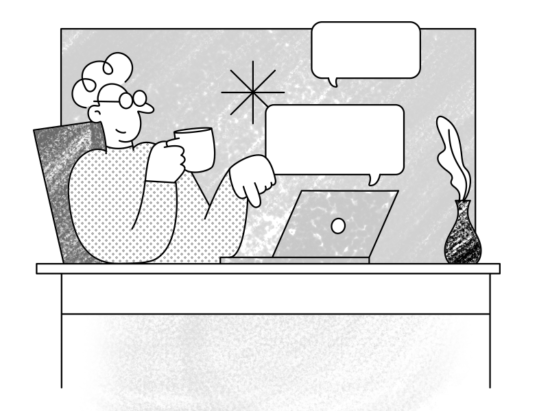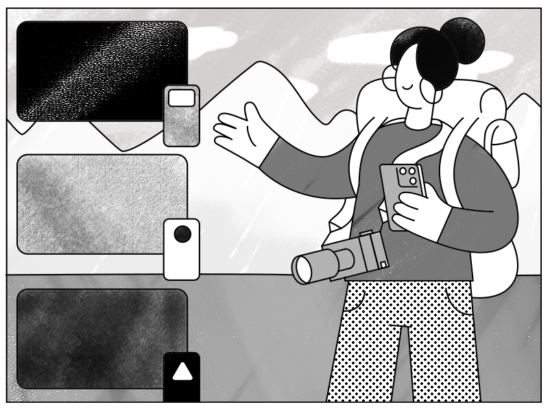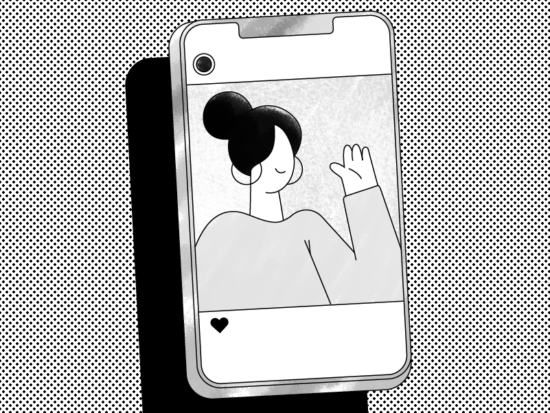It is an established fact that online sales are where growth is continuous. Online sale have been growing continuously from the get go, even in times of recession, and in times of economic boom they’ve grown faster than traditional sales
Additionally, the web influences almost 50% of our purchases – more and more people are checking out products online before heading out to the brick and mortar. Consumers are getting quite used to comparing prices and instantly knowing whether the product is available. And data from Experian Hitwise shows that ecommerce traffic increases in a shaky economy – mostly because buyers research purchases more thoroughly online before committing to buy.
During the holiday season we shop for gifts, and buying a gift is a chore only if you don’t know what to buy. People have flocked to the web for help in that regard, looking for inspiration and browsing for ideas – especially younger consumers.
So, with all that, if you are planning on having a successful business that relies on your product being sold to actual humans… You really don’t need to think about whether you should have an eshop. You need to already have it, or at least have a plan to set up one.
And if you still need persuading, what better way to begin than by presenting you with some of the most important ways in which an ecommerce website of your own will benefit your business and your bottom line.
So, how do I create an ecommerce site that sells?
Do you know the single most prevailing reason why a shopper doesn’t buy something on your website is not the price? Of course, price does matter, but for the price to matter, the shopper must first find the product he is looking for. And yes, we are assuming that your online store does contain the desired product.
Fortunately, there are some surefire ways to ensure that this doesn’t happen.
For Cthulhu’s sake, don’t require registration. A study found that requiring users to register before checking out decreases conversions by a whopping 23%. So consider using Facebook Connect or other social media sign-in widgets – anything that will provide simple once-click registration.
Use cookies. If you don’t know what they are, suffice it to say that your web developer will know, and all you need to know is that they are a tool that allows your website to recognize returning customers, so their browsing or purchase history on your website is stored and can be used so the next time the user can pick up where they left off or to suggest just the right products for them.
Have a slick and reliable search function – spare no funds on this, since this is the main avenue not only for shoppers to get connected with your products, but also for you to get to know your shoppers and identify not so much the products they are buying (your stock can tell you that pretty well) but what they are looking for and how they articulate it. This translates into better product descriptions and better overall site SEO.
Make that search bar large and clearly visible and preferably place it top-right, on every single page of your website. Functionality-wise it is an absolute must that it has an auto-complete feature. In that way, shoppers are presented with additional and relevant choices as soon as they begin typing – your website is doing all the cross-marketing you need.
Once the shopper is on a product page, the first thing they should see is the product itself and its price. Photos should be on a neutral-colored background. If your design doesn’t allow you to display the photo at a large size, allow the option of viewing the product in a separate window, as opposed to a zoom feature which only makes sense in art and apparel online stores. Show the prices boldly and clearly and highlight discounted prices, since everybody likes a good deal.
Including customer reviews is a must, because people trust them much more than they trust product copy. They should be readily available and highly visible – especially positive reviews which can be highlighted as a part or even instead of the product description. But don’t delete negative reviews if only because they give you credibility (nothing can be liked by everyone, not even kittens) and provide a unique opportunity to improve products or showcase great CRM.
Use the words “Add to Cart.” on your add-to-cart button. Yes, it is a convention, but conventions exist for a reason: they preclude confusion. It goes without saying that you should make the button highly visible, since it is the ultimate call to action and the conversion point for your shoppers. Choosing a color that is not used anywhere else in the design is a good way to really set it apart.
Don’t take your shoppers to the shopping cart upon adding an item. Taking them away from the product page may seem to be of help by speeding up the process, but consider that by saving the shopper one click you will be robbing yourself of the opportunity to cross-sell, as they will be far less likely to continue shopping.
Make sure to show related products next to every product viewed. Buying things that one just stumbles upon goes over easier in an online store, so make it easy for them to stumble upon things. Remember, the chief reason for a lack of conversion on ecommerce websites is not being able to find the product – and this feature, especially when coupled with cookies and search histories, gives you a way to tailor your offers for every specific consumer.
Finally, the checkout must be made simple, clean and fast. This is where the customer spends their money, so you don’t want any chances for them to change their minds. This ultimately boils down to one simple thing: one-page checkouts. They are proven to increase conversions and we’d wager that know why if you have ever shopped online.
Which themes do all of this really well?
Glad you asked. We made a bunch of WordPress themes that closely follow the best practices of ecommerce sites. Here’s what We’d recommend.
Unid
Unid is the culmination of our focus on turning our best selling theme into an ecommerce powerhouse. It’s fresh, minimal, and great for displaying an eclectic collection of products.
Phenomena
Phenomena is a contemporary take on ecommerce. It features full screen photography and really lets you play with brand storytelling.
Goodz
Goodz is the first ecommerce theme we made, and it’s being used by some of the cutest indie shops around, like Boomerang Stories. It’s great for fashion editorials coupled with product features.






